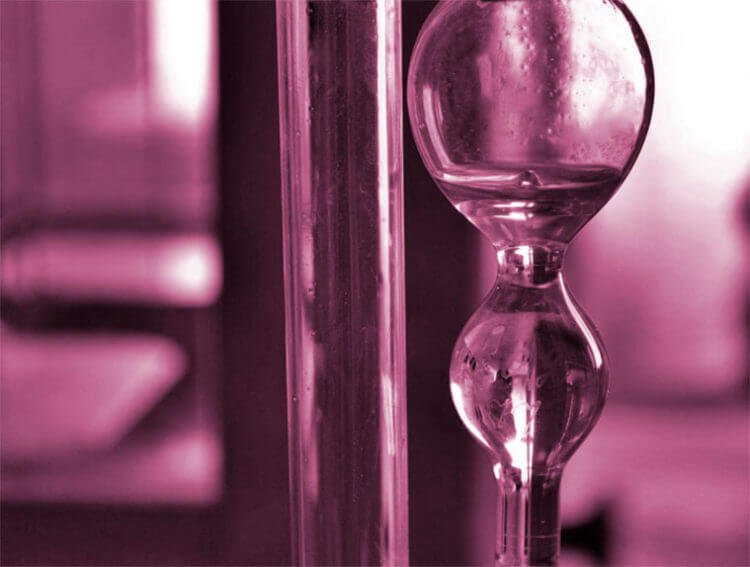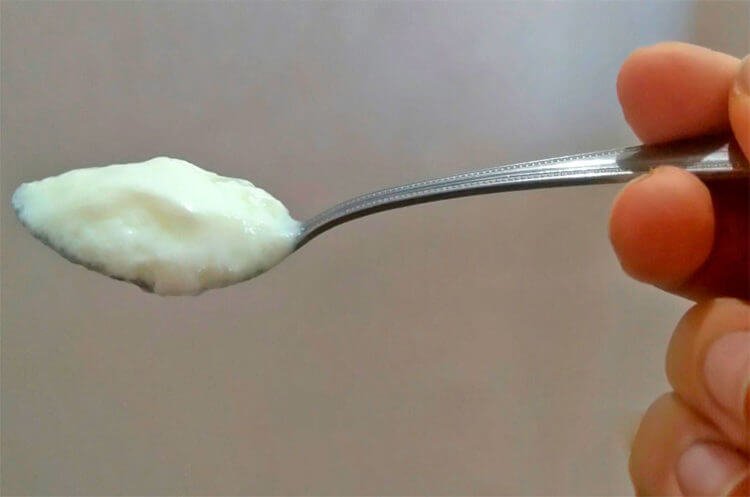Flow measurement devices
In the food industry, the main technological processes are characterized by the mixing of various components and raw materials to produce a high quality final product, which increases the relevance of measuring technological parameters and especially flow rates.
The use of flowmeters simplifies the solution of many technical tasks for determining and controlling the flow of steam, gas, water and other energy carriers, and allows you to quickly determine the optimal technological process depending on specific production conditions. Measuring the amount and flow of liquids and gases in food production is important both for monitoring the results of production and for managing technological processes.
Flow rate is the amount of a substance that passes through the cross-section of a transport channel (pipeline) per unit of time. Units of flow rate measurement: volumetric (m3/s; l/s), mass (kg/s; t/s). Mass flow rates are related to volumetric flow rates by the following relationship: FM=F0PwhereFM and F0 are the mass and volume flow rates; P is the density of a substance, kg/m3. The quantity of a substance is the total volume or mass of a substance passing through the cross-section of a transport channel (pipeline) per unit of time.
Flow rates are measured by flow meters. Tachometric (speed) and chamber (volumetric) meters are used to measure the amount of liquids and gases. The principle of operation of volumetric meters is based on measuring the volume of liquid or gas displaced from the measuring chamber under the influence of a pressure difference and then adding these results. Velocity meters work on the principle of measuring the average flow rate of a liquid or gas in a pipeline.
Speed and volumetric meters are designed for operating fluid pressures up to 1 M Pa and temperatures up to 40°C. The meter error is ±2.5-3%. In addition to meters for determining the amount of solid and bulk solids, dosing and weighing devices are often used: mechanical, automatic, continuous and batch. Variable differential pressure flow meters are the most common devices for measuring the flow of liquids, steam and gas.
The operation of the device is based on the dependence of the pressure drop across the constrictor installed on the pipeline on the flow rate of the measured medium. The constriction devices can be standard devices: diaphragms, elongated and short nozzles. Venturi and non-standard devices with hydraulic resistance (taps, valves, dampers, heat exchangers, etc.). 
Figure 1 shows the flow profile through the diaphragm, the vortices, and the pressure distribution along the length of the pipeline. The flow constriction begins before the diaphragm, passes the diaphragm and decreases in cross-section by inertia at a certain distance behind the diaphragm, and then increases in cross-section and gradually fills the entire cross-section of the pipeline. In front of and behind the diaphragm, zones with vortex counter-movement to the main flow are formed.
Vortices behind the diaphragm are much larger than those in front of the diaphragm. The decrease in the cross-sectional area of the flow through the diaphragm is associated with both an increase in the flow velocity and kinetic energy and a decrease in the potential energy and, accordingly, the static pressure of the measuring medium. The flow pressure upstream of the diaphragm increases slightly due to the backpressure upstream of the diaphragm and decreases to the lowest value behind the diaphragm, where the flow cross-sectional area is smallest but the flow velocity is highest.
Then, as the pipeline is filled with the medium, the pressure increases, but does not reach its previous value. The loss of a part of the pressure Pt is mainly due to turbulence and friction. The pressure drop (∆P= P1-P2) across the diaphragm depends on the flow rate of the flow through the constrictor, which in turn is directly proportional to the flow rate. The relationship between fluid flow rate and pressure drop can be written down based on the law of energy conservation and flow continuity: 
Constant differential pressure flow meters(rotameters) are used to measure the flow of homogeneous and clean liquids and gases. Rotameters are widely used in the wine and spirits industry. The principle of operation of rotameters is based on the dependence of the flow rate on the vertical movement of a streamlined buoy, which leads to a change in the flow cross-section between the buoy and the conical body.
A rotameter (Fig. 2) is a flowmeter whose primary transducer is a vertical conical tube (1) in which a buoy (2) moves under the influence of a liquid or gas flow. The buoy moves until the area of the ring between the buoy and the casing reaches a value at which the forces acting on the buoy are in equilibrium. The buoy then stops in a balanced state at a height proportional to the flow rate. 
The industry produces glass rotameters of RM and RMF types and stainless steel rotameters, conventional, heated and lined with PTFE with electric and pneumatic transducers of RETMM and RPMM types. The accuracy class of rotameters is 1.5 and 2.5. The maximum flow rate is 63m3/h.
Questions for self-control
- Temperature scales and their characteristics.
- International practical temperature scale MPTSH-68. The principle of its construction.
- International Practical Temperature Scale MTSH-90. What are its features?
- Classification of temperature measuring instruments.
- Mechanical thermometers: principle of operation, use, structure and principle of operation.
- Expansion thermometers: types, use, structure and principle of operation.
- Thermoelectric transducers, principle of operation, TERS equation.
- Static characteristics of thermoelectric converters, application in industry, types, structure.
- Magnetoelectric millivoltmeters: types, structure, principle of operation.
- Automatic potentiometers: main types and use in industry, structure and principle of operation.
- Thermistor transducers (resistance thermometers): application in industry, static and dynamic characteristics, principle of operation.
- Copper resistance thermometers: types, temperature measurement range, temperature measurement errors, structure, principle of operation.
- Platinum resistance thermometers: types, temperature measurement range, structure, principle of operation.
- Automatic balanced bridges: equation of equilibrium and purpose of resistors of the measuring circuit, principle of operation. The main industrial types of automatic bridges.
- The concept of flow and quantity, units of measurement.
- What is the principle of operation of speed meters?
- What is the principle of operation of volumetric meters?
- Standard constriction devices, their features and characteristics, advantages, disadvantages.
- Variable differential pressure flow meters: principle of operation, derivation of the flow equation.
- Errors in flow measurement by variable differential pressure flowmeters.
- Calculation methods for variable differential pressure flow meters.
- Rotameter flow transducers; use, structure, principle of operation.
- Classification of methods and devices for measuring the level of liquids and bulk products.
- Float level gauges: use, types, structure, principle of operation.
- Buoy level gauges; use, types, principle of operation.
- Capacitive level switches: configuration, purpose of their elements, structure and principle of operation.
- Mechanical diaphragm level gauges: application, types. Structure, principle of their operation.


